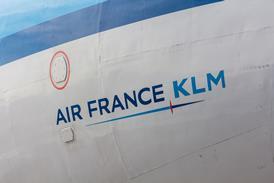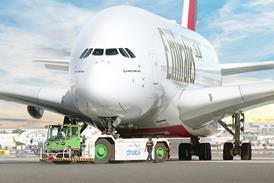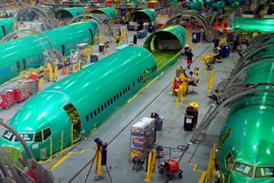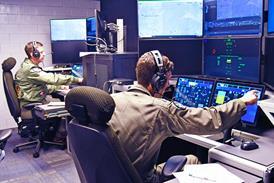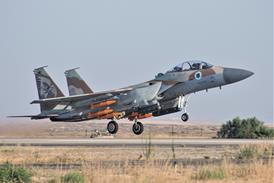A head-up display (HUD) fusing millimetre-wave radar images with other sensor data to allow military transport aircraft pilots to land in zero visibility is being developed by BAESystems Platform Solutions for service entry by 2010.
The three-year, $13 million US Air Force Research Laboratory Autonomous Approach Landing Capability (AALC) programme aims to test a liquid-crystal display HUD that presents a pilot with a synthetic colour image of surrounding terrain generated by the combination of radar returns and possibly infrared and low-light camera imagery. The HUD-based vision system will be tested on either a Boeing C-17 Globemaster III or a Lockheed Martin C-130 Hercules by October 2007.
"We couldn't get into Bosnia for 11 days because of fog," says Dutch Neilson, BAE Systems Platform Solutions business development director responsible for AALC. "That won't happen in future with our system. We are developing the radar. There are no firm decisions yet on what optical sensors it will have until the end of the first phase."
The first phase ends this year and the electro-optical sensors chosen might be infrared and low-light cameras. The programme has a phase per financial year, with system integration first, then aircraft integration and flight tests. The data-fusion algorithm has been developed, but problems to be overcome include ensuring the radome does not interfere with the radar's operation by reflecting back some of the energy. The programme will also develop a surface guidance system for a head-down display. This will use a synthetic terrain database.
ROB COPPINGER / LONDON
Source: Flight International

